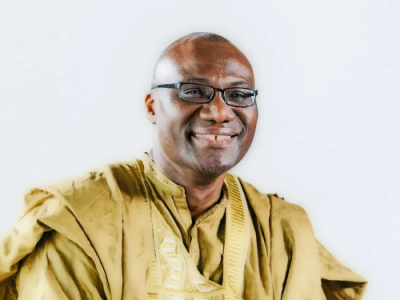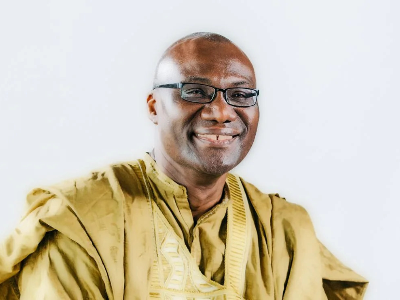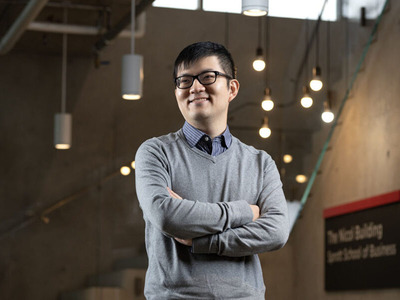By Tyrone Burke
 Health care is the most human of endeavours, but – like just about everything else –it’s become increasingly driven by technological innovation.
Health care is the most human of endeavours, but – like just about everything else –it’s become increasingly driven by technological innovation.
Health care technologies hold great promise in improving patient care, but high-tech gadgets don’t always make care better. Medical errors are a leading cause of death in hospitals, and new software and hardware introduces more scope for operator errors with life or death consequences.
To ensure Canadian hospitals optimize their use of innovative technologies, Distinguished Research Prof. Monique Frize brought together clinical engineers, information technology specialists, physicians and nurses from across Canada and Italy for a patient safety workshop at Carleton’s Faculty of Engineering and Design.
Participants at the May 3 to 4 event gave research presentations and shared expertise with in networking sessions. Together, they’ll author a report on patient safety to present to several organizations in Canada, Italy and around the world as a best practice guideline on developing and managing health-care technology systems and optimizing patient safety.
“We often introduce new innovations,” said Patricia Trbovich of the University of Toronto’s Institute of Health Policy, Management and Evaluation, “whether it’s tool, a technology, a process, a checklist, a new training but we don’t always do so in a way that positions our clinicians for success – or our patients for that matter.
“Back in the day, the focus was really on the people, but contrast that with today’s environment and we focus on innovations. We still have great clinicians, but we’ve seen that switch. Improvements are required to reap the full benefits of health-care technologies,” said Trbovich, who co-organized the event with Frize and Tony Easty, adjunct professor at the University of Toronto.
There are many ways health care technology can be improved. Scott Olsen of Alberta Health Services shared his organization’s approach to ensuring consistency of the equipment it uses, and Andrew Ibey of the Children’s Hospital of Eastern Ontario (CHEO) presented a case study of how different software updates on a pump at a Vancouver hospital led to a drug dosage error that could have killed a patient, highlighting the importance of a comprehensive approach to managing equipment.
Distinguishing between human error and system failure is a challenging but critical task. A culture of perfectionism in medicine can lead to blame shifting or avoidance, but real system failures can lead to multiple incidents if left unaddressed.
“Many systems are not designed with patient safety in mind,” Easty says. “They’re overly complex, they’re not intuitive. We need to design technology that’s simpler. There’s no value to technology that makes things more difficult. If it takes someone half a day to learn to use an infusion pump, they’ll never find the time to do it. Or they may get it right once, but they’ll never remember it because it’s way too complex. We need to design systems that don’t take hours and hours to learn how to use. I’ve seen physicians push technology across a room, and I get that. I get frustrated by technology too. It shouldn’t drive you nuts.”
To be effective, systems need to be designed for clinical environments, but there’s a disconnect. The engineers who design health-care technologies aren’t clinicians, and don’t always intuitively understand how nurses and physicians will interact with technologies in a busy clinical setting with competing priorities and limited time.
So how can this multilayered interface between humans and technology be improved?
By teamwork and communication, according to Frize, who draws from more than four decades of experience as a clinical and biomedical engineer, including 18 years in hospitals.
“When I was a clinical engineer, we were completely separate from the IT people,” Frize said. “They bought the computers and wired them, and did the software installations and bought software. Now there’s more integration. In many places, they’ve integrated the two departments. In others, they’re still fighting. I think the ideal is to work together.”
As a model to emulate, Frize points to her ongoing research into decision support tools in the neonatal care environment with Erika Bariciak at CHEO.
“Our team is working with the IT people, clinical engineers and physicians,” she said.
“If people just have their own little territories and they fight for that . . . well, I think it’s a disaster and there will be many accidents.”
Tuesday, May 8, 2018 in Campus News
Share: Twitter, Facebook



